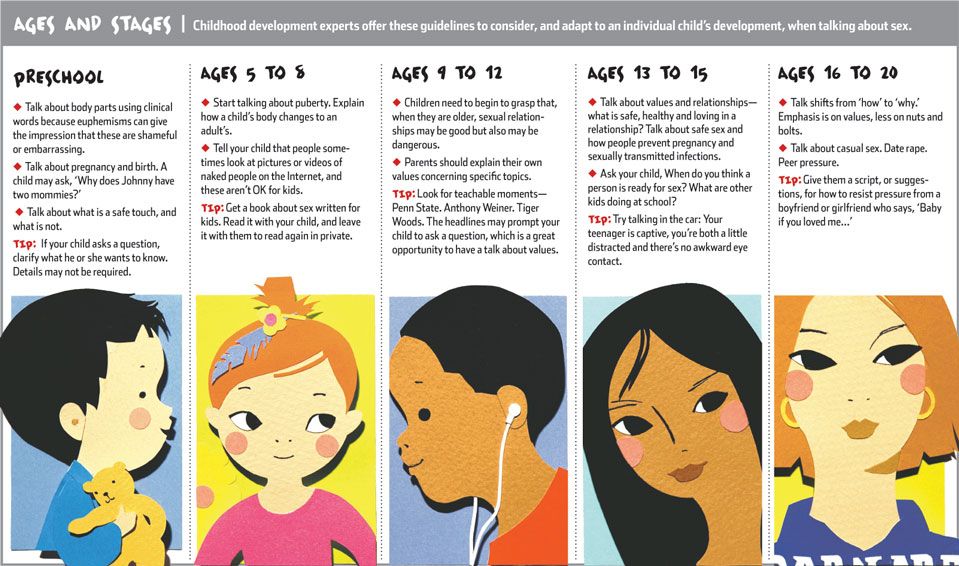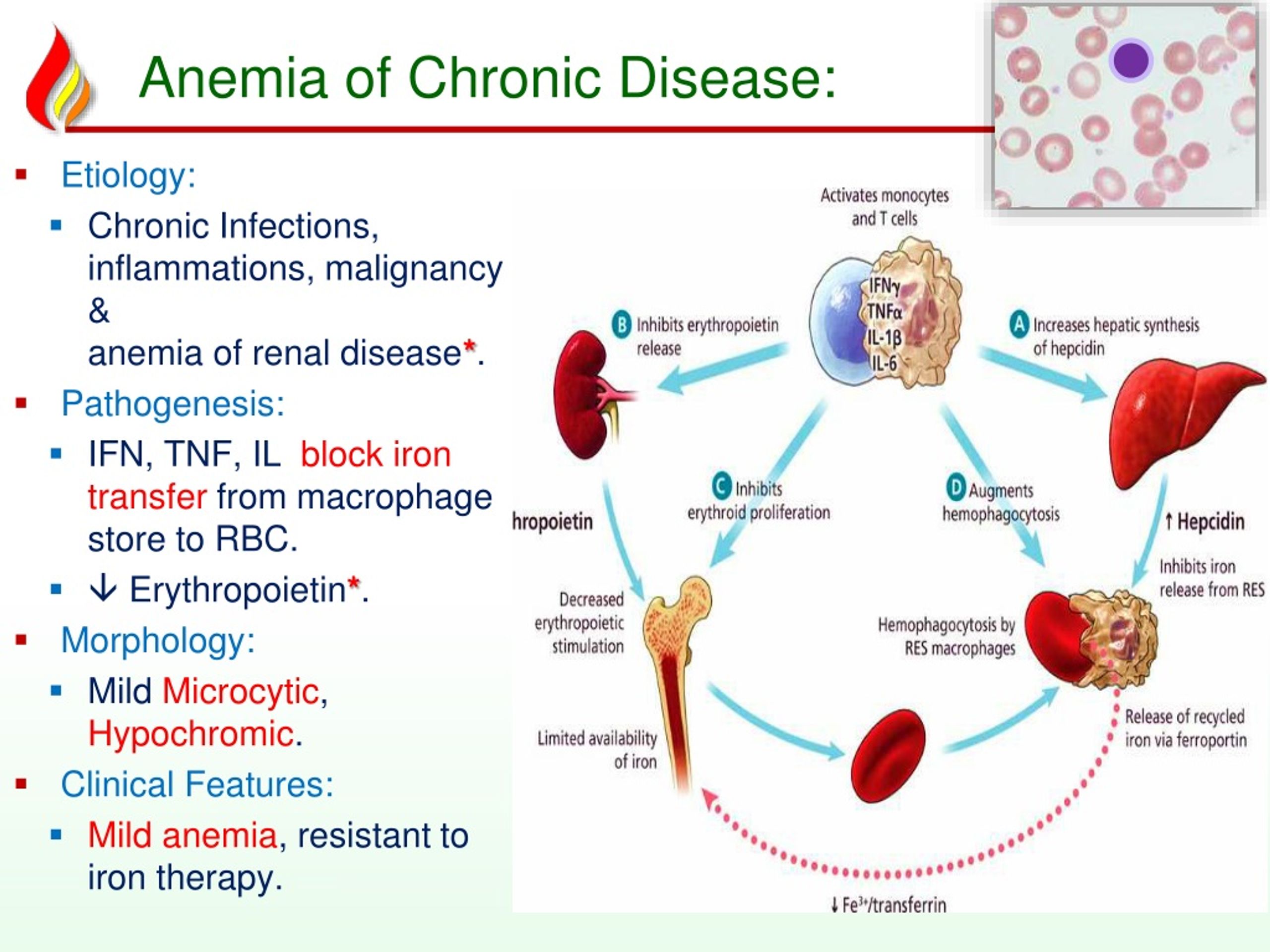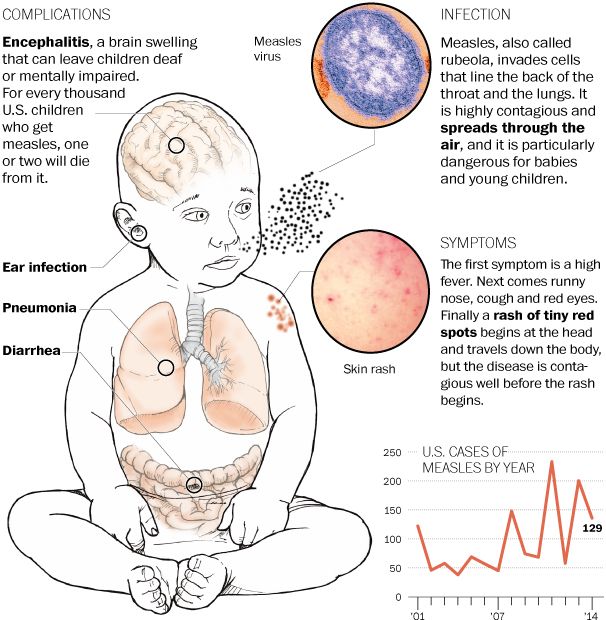How to help a child retain information
Working Memory Exercises for Children with ADHD
You tell your child with attention deficit hyperactivity disorder (ADHD) or learning disabilities to finish his snack and start his homework, only to find him a few minutes later shooting baskets in the driveway. You assume that he got distracted or, worse, chose to ignore you. In truth, it might be his memory that’s to blame — and forgetfulness can cause school problems for children with ADHD and learning disabilities.
Many children with ADHD have trouble with their working memory — the ability to keep information in mind so it’s available for use. Some also have a hard time with retrieval, the process of reclaiming information that has been stored away.
Of course, our kids also struggle with attention, which is a prerequisite for memory. Both are essential for learning and for academic success. Luckily, understanding how memory works — combined with the following memory exercises — can be a big help.
Keeping Info “Online”
Working memory allows a student to follow directions, to remember a question while raising her hand to answer it, and to hold on to new information she needs to apply to her work.
In reading, working memory aids our comprehension, making it possible to organize and summarize the text and connect it with what we already know. In writing, it lets us juggle the thoughts we want to get on paper while keeping the big picture in mind. In math, working memory lets us keep track of numbers and operations throughout the steps of a problem.
[Take This Test: Could Your Child Have a Working Memory Deficit?]
The stronger a child’s working memory — the longer she can retain and work with new material — the better her chance of remembering it, for the next hour, the next day, or longer.
Gaining Access to the Files
Does it sometimes seem that your child no longer knows something he once had down pat? His problem may be that of retrieving information — pulling it out of long-term memory. Without the ability to build on material learned in the past — vocabulary words, math facts, the sequence of events in the Civil War — learning new material is frustrating and slow.
Children with learning disorders may have trouble accessing particular types of information. A child with dyslexia may be slow to remember words he’s read before, making it necessary for him to sound them out each time. A child with a writing disorder may forget the rules of grammar and syntax; a student with an arithmetic deficit may draw a blank on the multiplication tables. If your child has ADHD and learning disabilities, both may affect memory in ways that interfere with learning.
Mastering Memory
Helping your child improve working memory can go a long way toward improving her performance at school.
[Click to Read: 5 Memory Games to Play at Home]
Provide a place to study that’s free of noise, interruptions, and tempting distractions, like the television or the toy box. The material your child needs to learn should be the most interesting thing around.
Let your child know when he’s about to hear information he needs to retain. You can say, “I want you to remember this,” or “Put on your thinking cap.”
You can say, “I want you to remember this,” or “Put on your thinking cap.”
Provide a count of the details to be remembered. You might say, “There are 10 new vocabulary words. Five are verbs related to transportation, and five are adjectives that describe speed.”
Provide a framework for information. Help your child see how new material is relevant to her life or related to things she already knows. In math, for instance, create word problems to show how subtraction can help her determine how much candy her allowance can buy. If a science lesson focuses on how animals adapt to their environment, remind her that whales have blubber to protect them from the cold, and chameleons change color to blend in with their surroundings.
Aim for comprehension before memorization. If your child needs to remember arithmetic facts, let him first manipulate blocks or buttons to represent the numbers involved, and draw the equation in pictures.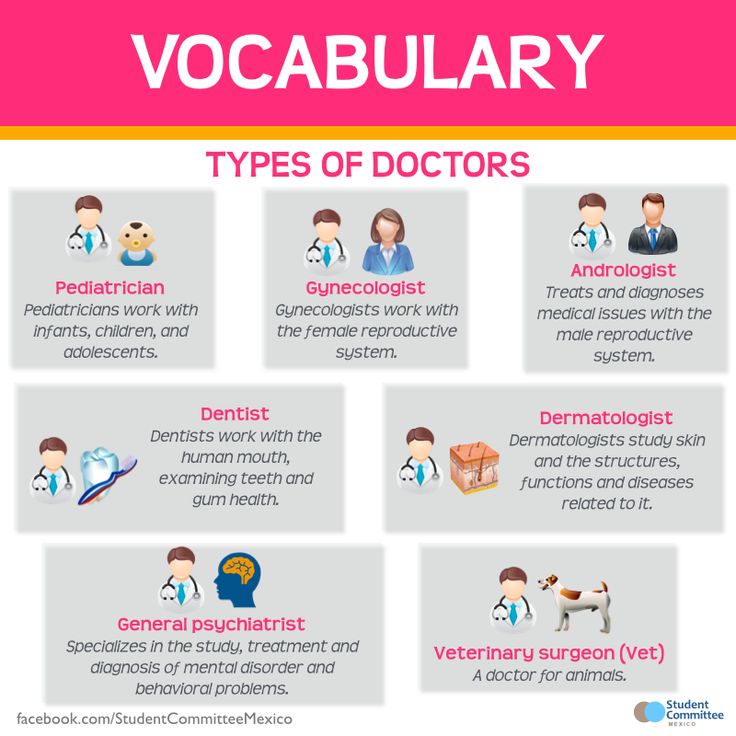 If he needs to understand evaporation, have him measure the level of water in a glass over the course of several days.
If he needs to understand evaporation, have him measure the level of water in a glass over the course of several days.
Teach your child to engage her senses. If she’s learning to read, for example, have her trace letters with her finger while saying the sounds and looking at the symbols. A student viewing a map can describe it verbally and point to features of interest; students in a foreign language class can be taught to visualize the things they’re learning to say.
Practice an activity to engrave it in memory. Instead of expecting your child to remember what he’s told, do a run-through. Before the first day of class, for instance, have him practice copying homework assignments into a notebook. If an important test is coming up, create a mock exam for him to practice on.
Use humor. Encourage your child to associate the material with a funny or outlandish image. If “skittish” is one of his vocabulary words, have him imagine he’s watching a school skit and sees that some of his classmates are nervous on stage.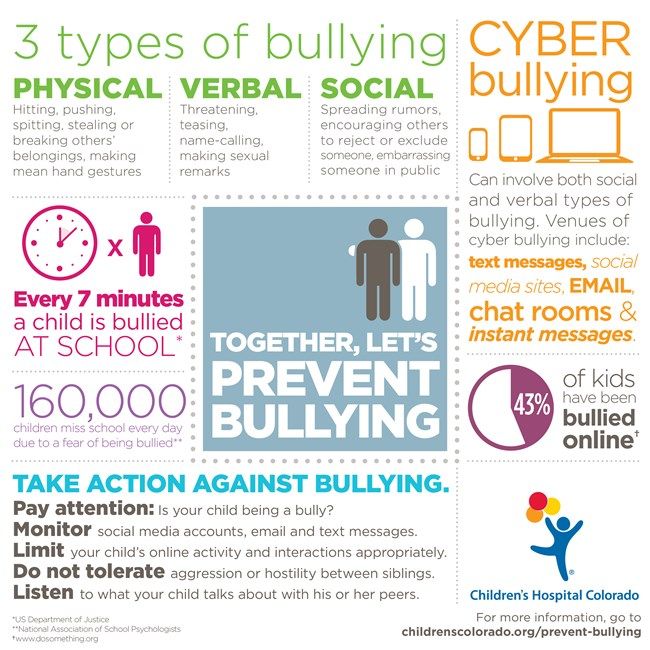
Help your child create chants, rhymes, and raps to remember spelling rules, multiplication tables, and history facts. Rhythm makes information memorable.
Use acronyms and crazy phrases to remember a list of items. The acronym HOMES is often used to remember the Great Lakes: Huron, Ontario, Michigan, Erie, and Superior. And how could you forget the names of the planets (and their relative distances from the sun) once you’ve learned that “My Very Excellent Mother Just Served Us Nine Pizzas”?
Keep “cheat sheets” on hand for reference. If the teacher gives her permission, help your child put together pages of grammar guidelines, math formulas, and foreign-language conjugation rules that he can use in class when needed.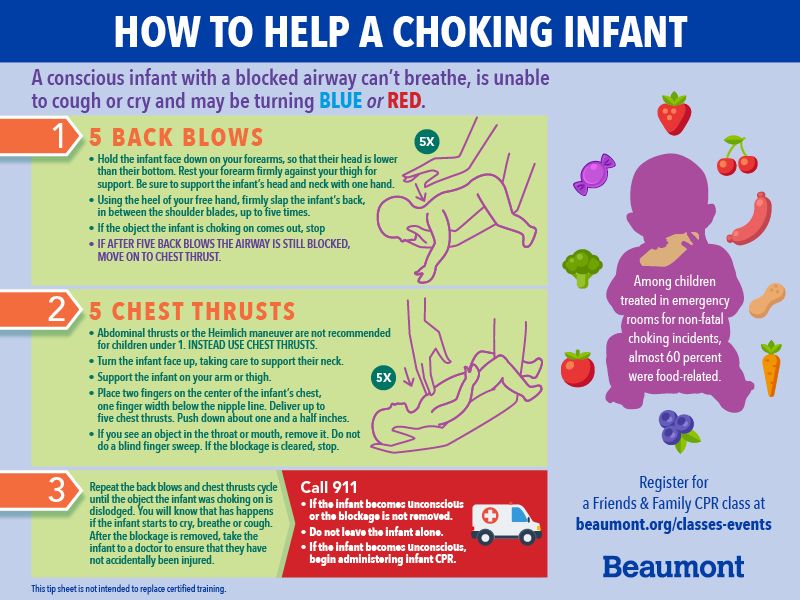
Teach your child to highlight or underline important facts as he reads, and to re-read the underlined material.
Review test material early and often. Have your child focus on small amounts at a time, and periodically review what she’s already mastered. Above all, don’t cram.
Here’s one approach that puts your child in charge: Copy material onto index cards, with a question on one side and the answer on the other. Your child reads each question and tries to answer it. If she can’t, she reads the information on the other side, and places the card at the back of the deck. If she can, the card goes into the “I know it” pile. By starting with just a few cards, she’ll cycle through them fast enough that she’ll soon remember some, then all, of each answer.
Provide reminders to keep your child organized and ready to learn. Post a checklist by the front door — and have her keep a copy in her locker — to remind her of which day to bring sneakers and when her science project is due.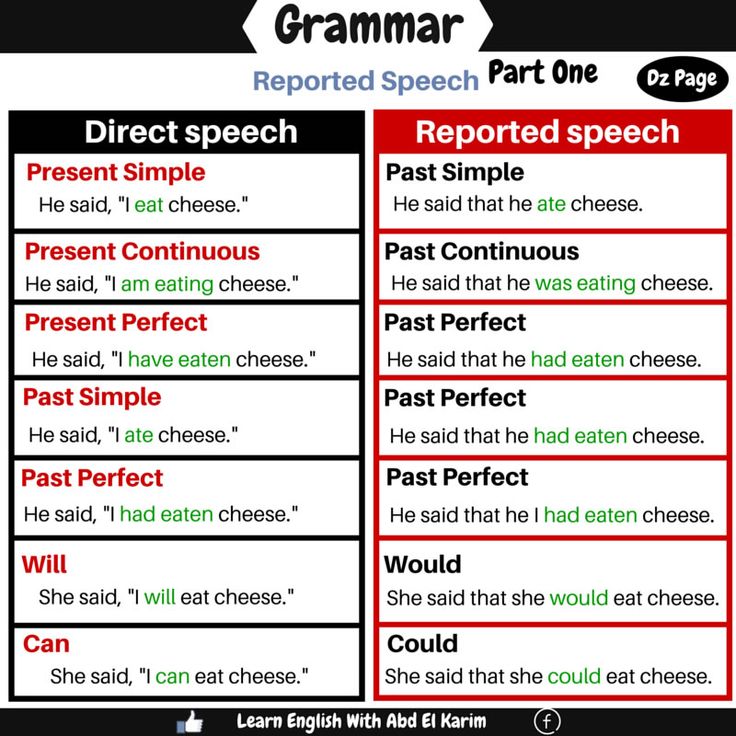 Teach her to use a daily planner or electronic calendar, and help her develop a routine for checking it.
Teach her to use a daily planner or electronic calendar, and help her develop a routine for checking it.
Explore memory techniques your child already uses. Does he form pictures in his mind as he reads, or whisper the text under his breath? Encourage him to build on whatever seems to work.
Be creative in using these memory strategies to help your child learn new information and retain it over time. With encouragement and practice, you may find him using them on his own.
[Read This Next: 9 Apps and Tools That Build Better Retention]
SUPPORT ADDITUDE
Thank you for reading ADDitude. To support our mission of providing ADHD education and support, please consider subscribing. Your readership and support help make our content and outreach possible. Thank you.
Previous Article Next Article
How to help your child retain information: Tips from the pros
While some kids can remember an entire vocabulary word list without a problem, other kids struggle to remember a handful of definitions. For the kids in the second group, should their parents and caregivers be worried? Is their difficulty retaining information indicative of a bigger problem? Or can it just be chalked up to the fact that kids learn differently? In the majority of cases, it’s the latter.
For the kids in the second group, should their parents and caregivers be worried? Is their difficulty retaining information indicative of a bigger problem? Or can it just be chalked up to the fact that kids learn differently? In the majority of cases, it’s the latter.
“There’s so much variability when it comes to why some kids can retain a lot of information and others not as much,” says Dr. Delene Musielak, a pediatrician and host of The Dr. Mom Show. “Some studies have shown that different factors may play a role in kids’ memories, such as gender, birth order and major life events, such as close ones dying or a relocation.”
Musielak adds that personal investment can affect memory, as well. “For example, some kids may not prioritize the foods they are eating, so if you asked them what they had for lunch yesterday, they won’t remember. But that doesn’t mean they have a bad memory. They are just focused on more ‘important’ things.”
That being said, Claire Cameron, Associate Professor of Learning and Instruction at the University at Buffalo Graduate School of Education, notes that “how well children retain information depends a lot on whether they rehearse and practice it. ” When information is reviewed “more than once per week,” it will be remembered, she says.
” When information is reviewed “more than once per week,” it will be remembered, she says.
Is your child suddenly forgetting things (or have they always)? Here’s why that may be happening and what you can do about it.
Is it normal for a child to forget things?
In short: It depends on the thing. According to Carol St. George, who holds her doctorate in education and is a professor of Teaching and Curriculum and Director of the Reading and Literacies Program at the Warner School of Education in Rochester, it’s easier for kids to recall things when there is a strong emotion attached — good or bad. “The attached emotion helps file that memory and to make it retrievable,” she explains. “For example, if you ask anyone what their earliest memory is, it will be an event that was unusual, such as the birth of a sibling, an accident or a major family event.” (Additionally, St. George notes, the earliest memory a person can recall is around 2 or 3 “when they were able to have the vocabulary, their own words, to attach to the event.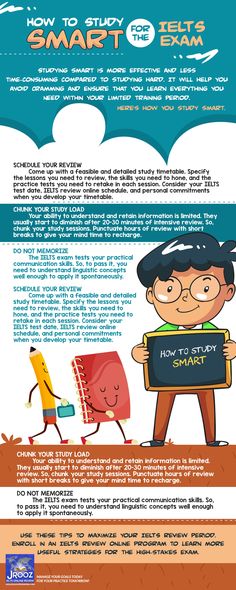 ”)
”)
However, recalling specific events is a different form of retention than memorizing the week’s spelling words. (Also, not most kids have strong feelings about spelling words.) Here, a mini deep-dive of how memory can affect learning:
When a child can’t remember things: A scientific breakdown
As Dr. Demvihin Ihyembe, Clinical Assistant Professor of Pediatrics in the section of developmental and behavioral pediatrics at the Oklahoma Children’s Hospital, explains it, memory is generally thought to involve three processes:
- Short-term memory. “This involves receiving, processing and combining information,” Ihyembe says. “It’s influenced by how much a person is paying attention to what’s going on and the capacity and duration varies by person and age. Generally, short-term memory is held for about 15-30 seconds before it starts to decay.”
- Long-term memory. This has unlimited duration and capacity, and it’s stored in two ways:
- Episodic.
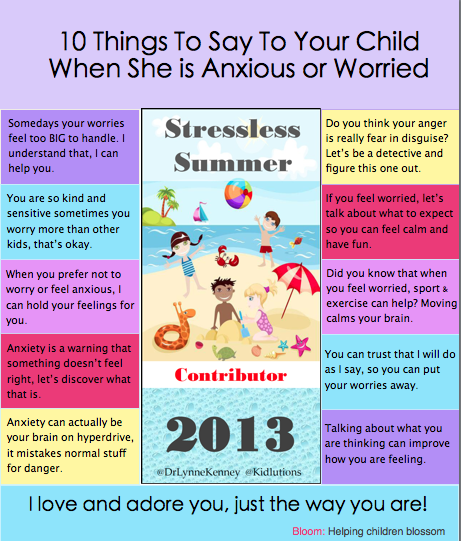 “This is information that’s linked to emotions and significant events, such as a special trip to the zoo,” Ihyembe says.
“This is information that’s linked to emotions and significant events, such as a special trip to the zoo,” Ihyembe says.
- Semantic. “This is the memory used for learning at school, as this holds factual information.”
- Recall. “This involves retrieving information either from our short- or long-term memory system,” Ihyembe explains. “Sometimes, we can pull out the information fast, other times we may need tricks to remember, for instance singing the ‘seven days has September…’ song to remember how many days are in a month.”
Finally, there’s another type of “memory:” working memory.
“This is very short-term memory — a few seconds — and is like a quick mental sticky note that helps people keep track of what they’re doing while they work through a task,” Ihyembe says, adding that working memory also helps the brain organize new information to be stored more permanently.
What does all of this mean? While, technically-speaking, semantic memory is associated with school-learning, how well people remember information is dependent on how well all these systems work.
For example, when a child is having a hard time paying attention and remembering things at school, it may be a result of the following, according to Ihyembe:
- Short-term memory. Only part of the information gets in.
- Working memory. A child is struggling to find “the sticky note” that briefly holds information.
- Recall. Only part of the information went in, so only part of it comes out or they are too busy “rifling in the junk drawer.”
Additionally, all of these systems contribute to executive functioning, which the group of skills required to:
- Pay attention.
- Start, continue with and complete a task.
- Keep track of the task at hand.
- Store and organize information.
- Retrieve information quickly and accurately.
- Plan.
- Manage emotions.
In simpler terms: If you have an obviously bright child, who seems to have a hard time remembering what they’re taught, it very well may be an issue with executive functioning.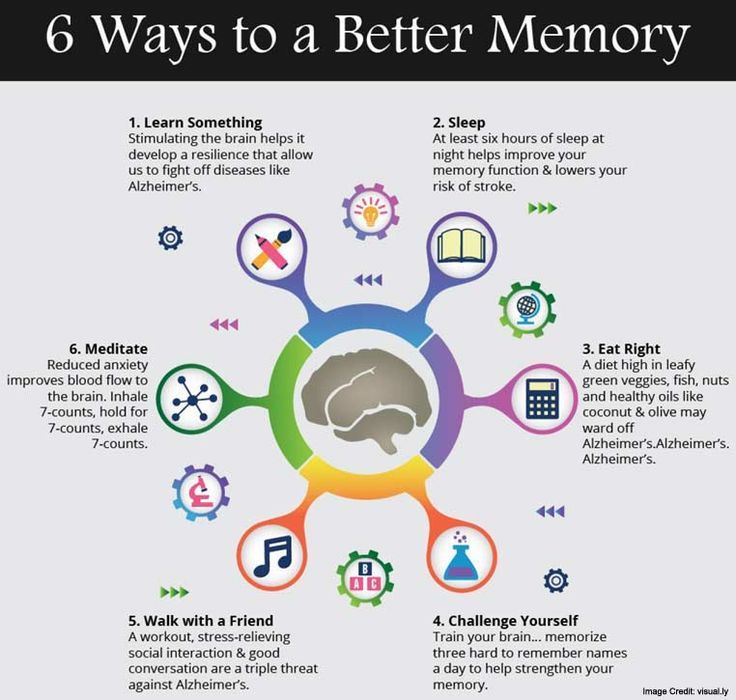
When a child can’t remember things: How information is presented
Kids all learn differently, and according to Dr. Jean Barbre, author of “Supporting Children’s Mental Health and Wellbeing: A Strength-Based Approach for Early Childhood Educators,” in order for school to really “work” for an individual, learning should be custom-tailored. “The majority of kids are visual learners, but some, more so boys, are kinesthetic learners, which means they learn by doing,” Barbre explains. “Still some will learn through art or drawing or songs — learning should be adapted to their strengths.”
In other words: Your child may not be remembering things because information isn’t presented in the right way to them. “It’s important teachers and parents have a good understanding of how kids experience learning — a great teacher will present things in multiple ways,” she says. “And when parents have a grasp on their child’s strengths, they can work with that. For instance, instead of didactically going through vocabulary words, you may need to make up a song. ”
”
For parents and caregivers who are more concerned about their children not retaining instructions they’re given, again, think about how you’re presenting them. “Young children benefit from dialogic talk, meaning you and your child both ask questions and respond with answers,” St. George says. “Rather than merely giving demands, talk with your child and explain the reasons for a request. So instead of saying things like ‘close the door, put on your coat, pick up your toys,’ opt for: ‘Can you help me close the door because there’s a draft and it’s cold?’ ‘Let’s put on your coat so we can go to the store and buy our food.’ ‘Please pick up your toys so no one trips on them.’”
Lastly, if a child under 5 is having a hard time completing tasks, determine whether you’ve given too many. “Very young children shouldn’t be given more than one to two things to remember,” says Cameron. “Children 5 and older who are typically developing can be given three or more pieces of information or steps at a time. ”
”
Other potential causes of a child suddenly forgetting things
According to Cameron, the following can also affection information retention:
- Stress.
- Sleep.
- Nutrition.
Dr. Musielak also adds that “some studies have shown that girls tend to remember situations longer than boys other studies have shown that the first born child may also have a better memory.” That said, these aren’t “set in stone.”
With so many factors affecting information retention, Cameron cautions against “thinking in ‘types’ of children in regards to memory.”
“Some children under some circumstances are going to retain information better than others — perhaps because they had good sleep, ate well, and the information is highly meaningful for them,” she says.
“Some children under some circumstances are going to retain information better than others — perhaps because they had good sleep, ate well, and the information is highly meaningful for them.
— CLAIRE CAMERON, ASSOCIATE PROFESSOR OF LEARNING AND INSTRUCTION AT THE University at Buffalo”
How can I help my child retain knowledge?
There are a number of ways parents and caregivers can help kids retain information (with first and foremost being determining the type of learner the child is). Here’s what else the experts suggest:
Practice, rest.
“If adults want children to remember certain information, they need to have children practice that particular information regularly and have rest periods in between the learning,” Cameron says. “For instance, practice information on Mondays, Wednesdays and Fridays, taking the other days off. When we don’t rehearse information or practice it regularly, the neural connections weaken.”
Have a calm space.
“Create a learning environment that is calm, not stressful, since stress and trauma interfere with the formation of memories,” Cameron suggests.
Get creative.
When you know how your child learns best, tailor their learning — and make it fun.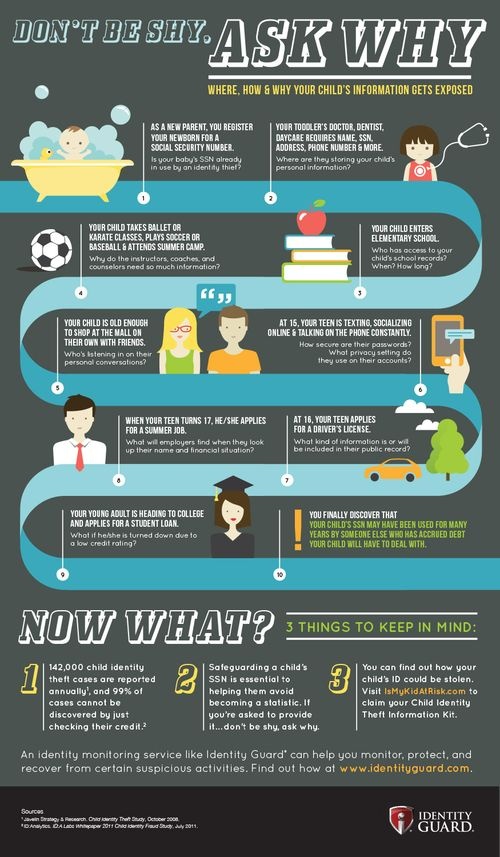 “Instead of having kids read vocabulary words off index cards, pull three or four out and make a story out of it,” Barbre says. “Or tell them that you’re going to use a particular word today and that they should, too.”
“Instead of having kids read vocabulary words off index cards, pull three or four out and make a story out of it,” Barbre says. “Or tell them that you’re going to use a particular word today and that they should, too.”
“Offering rhymes, word play and songs are great memory enhancers,” adds St. George. “You can Google or YouTube songs to master memorizing multiplication facts, for example.”
Play games.
“Games such as Concentration and games where one person adds an item or event, and the next person has to repeat the previous item(s) and add another — such as the Bear Went Over the Mountain — are great fun activities to help develop memory, just keep the focus on fun so as not to frustrate or build anxiety,” St. George says. “There are apps that present modern versions of these games.”
Zero in on repetition.
“Repetition is key,” says St. George. “Having the child repeat back so as to check for understanding, and so it makes sense to the child is a good strategy. Rehearsal, when you repeat to someone or even yourself whatever it is you’re trying to remember, is a useful tool for some children.”
Rehearsal, when you repeat to someone or even yourself whatever it is you’re trying to remember, is a useful tool for some children.”
Chunk it.
“Try breaking information into smaller parts; teachers call it ‘chunking’ it, and ‘Velcro’ new information to something they already know,” St. George suggests. “This means they associate the new idea to something already concretely in their memory.
“Try breaking information into smaller parts. Teachers call this ‘chunking’ it.”
— carol st. george, Director of the Reading and Literacies Program at the Warner School of Education
Provide visuals.
“If you want your child to remember to take their house key to school, put a visual of a key on their bathroom mirror so they see it as they brush their teeth, or place a photo of the cat with their food and a clock showing a specific time, if you want your child to remember to feed a pet at a certain time,” St. George says. “Providing visuals and encouraging your child to visualize is helpful when it comes to memory.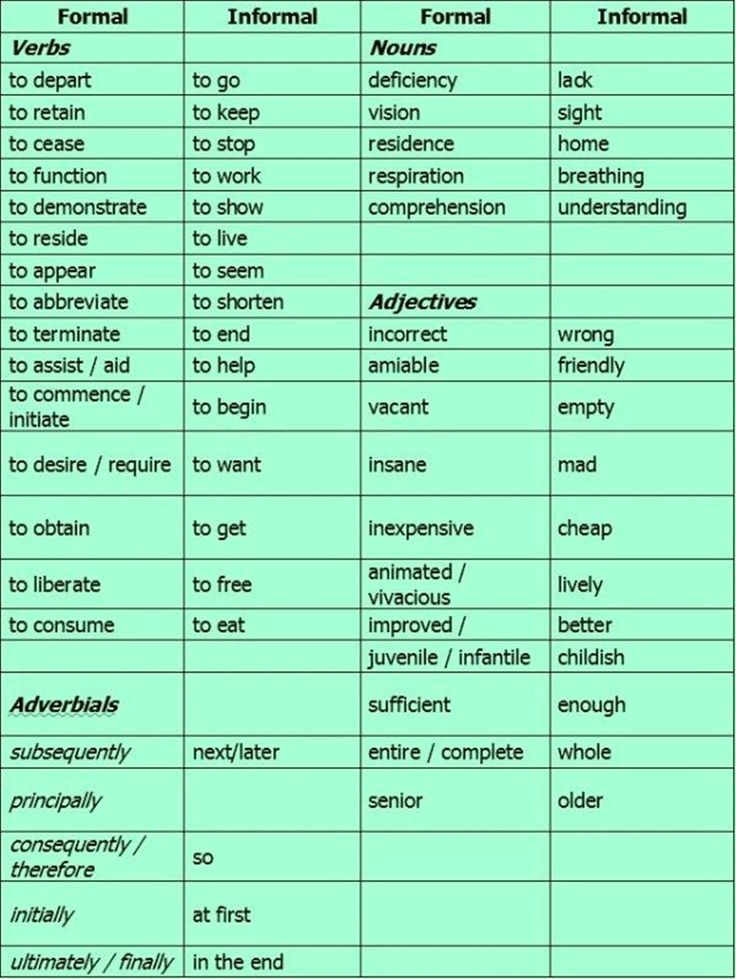 As you’re telling a story, encourage the child to make a picture of the story’s characters and actions in their mind.”
As you’re telling a story, encourage the child to make a picture of the story’s characters and actions in their mind.”
Choose screen time wisely.
“Though virtual learning can make it difficult, try to limit screen time to less than two hours a day,” says Musielak. “Also, make sure the screen time exposes them to material that they can learn from, not just random and brainless shows.”
Red flags that might indicate a larger problem
Barbre notes that learning “red flags” generally become obvious around second grade. “Many kids can sort of fake their way through kindergarten and first grade, but second grade is a pivotal year for cognitive abilities, abstract thinking and pulling ideas from the past,” she says. “Drawing on reading, math and a child’s social and organizational skills, second grade is typically the year bigger issues can become blatant.”
According to Musielak and Barbre, if a child consistently struggles with the following, it may be a sign it’s time to speak with a professional:
- Organizing their backpack, desk, etc.

- Abstract thinking. “Kids should be able to start planning around this age,” says Barbre. “Thinking shouldn’t be so linear.”
- Starting a project.
- Making/keeping friends.
- Executive functioning.
- They need constant reminders for the majority of things.
- Decrease performance in school or sports.
- Forgetfulness is causing them stress, anxiety or lack of confidence.
Before approaching your child’s pediatrician, Cameron suggests talking to the school psychologist or similar as a first course of action. “ADD and ADHD diagnoses may be appropriate, but often what needs to change is the environment, not the child,” she says. “For instance, environments need to be more predictable, less stressful, and the child’s needs — such as sleep and nutrition and loving relationships — need attention.”
How can a child effectively memorize information
Does a child not remember information? Repeat ten times, and after 5 minutes he already forgets everything? We understand in the article how you can quickly and permanently memorize material without boring cramming and tears.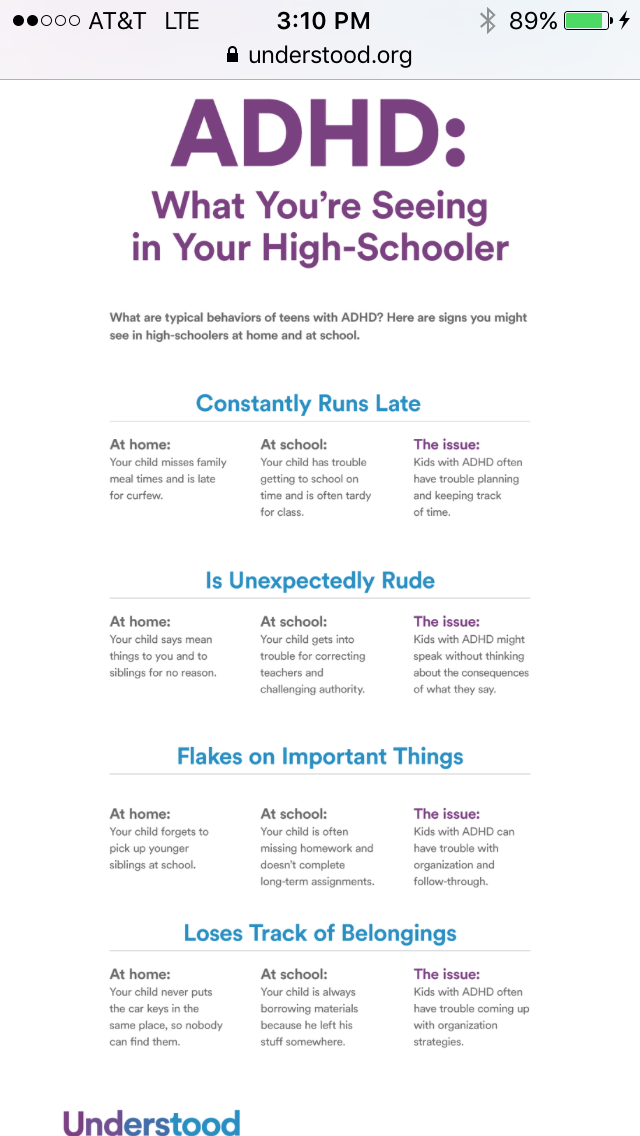
⠀
Excellent memory is an important quality for the development of intellectual abilities. Children of different ages have their own characteristics of the brain. In the process of learning, the memory of preschoolers and younger students develops in 2 directions:
- semantic memorization;
- management of learned material (remembering, reproduction).
⠀
In order for a child to use what he has learned, he must learn not mechanical, but semantic memorization. To do this, you need to learn how to divide information into groups according to meaning and mark reference points to keep the material in mind. Here are a few steps:
- Understanding why you need to memorize information;
- Analyze;
- Highlight the essence;
- Generalize;
- Remember after summarizing.
1. Repetition is the mother of learning!
Students who regularly review what they have learned excel in all subjects.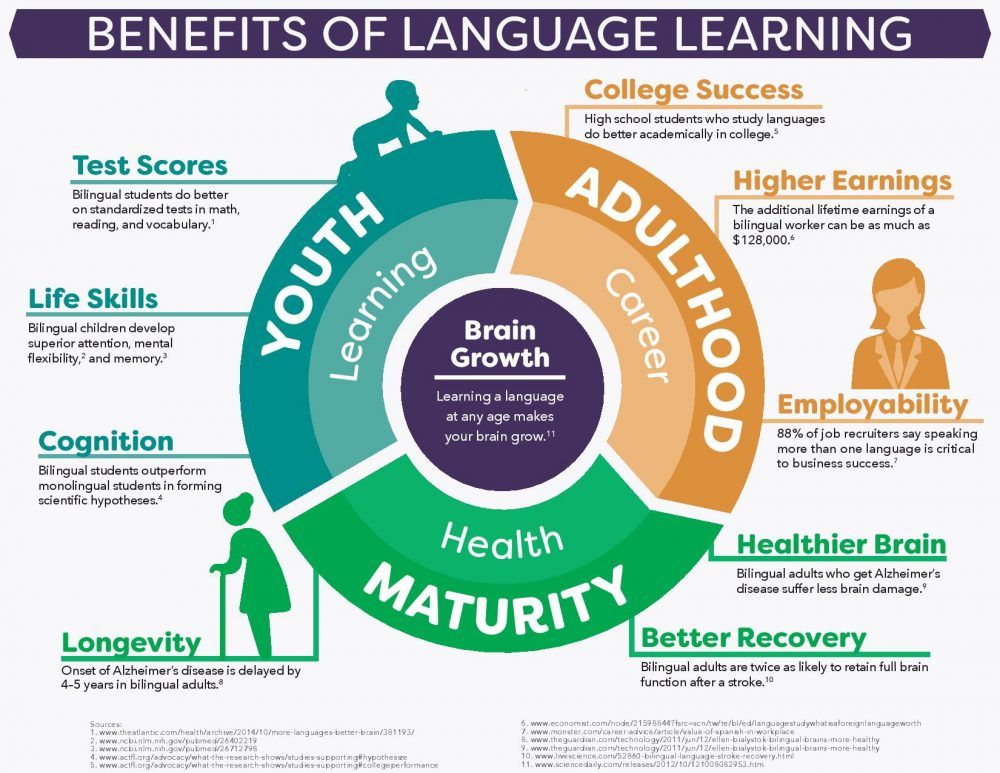
⠀
To memorize information for a long time, you need to repeat it 5 times: immediately after recognition, after 20 minutes, after a day, after 14 days, after 2 months.
⠀
You can try the following scheme with your child:
- Every week, write on the cards what you have passed and refresh the information on the weekends.
- At the end of each month, go through the weekly flashcards and consolidate your new knowledge in 30 days.
Information divided into small portions is easier and faster to remember.
2. Seeing the root
Mechanical memorization without understanding the meaning is of no use. When doing homework with a child, try to explain everything that is not clear to him. Otherwise, the information, without forming connections, will completely disappear in a few days. nine0003
⠀
Teach your son or daughter to comprehend the material, break down topics into components and look for patterns in the context of a particular subject.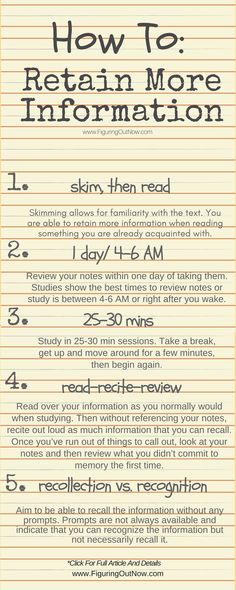
⠀
In this article, we are going to talk about easy ways to memorize words that you can adapt to study any subject.
3. Drawing Mind Maps
Visual-figurative memory is better developed in preschool children and younger schoolchildren, so visualization is the most effective way of learning. A classic mind map will help you quickly remember a large amount of information. With it, you can highlight the main thing and see the connections between the elements. nine0003
Take a piece of paper. In the middle, write a topic (keyword) from which branches will come. Each line leads to a concept that is related to the main theme. Draw "twigs" until you get to the bottom of it.
⠀
See the picture below for an example of how to make a mind map.
4. Compose and memorize
If you want your child to remember a lot of information, try to rhyme it together. For example, this is how you can learn the multiplication table. nine0003
You can compose your own poems.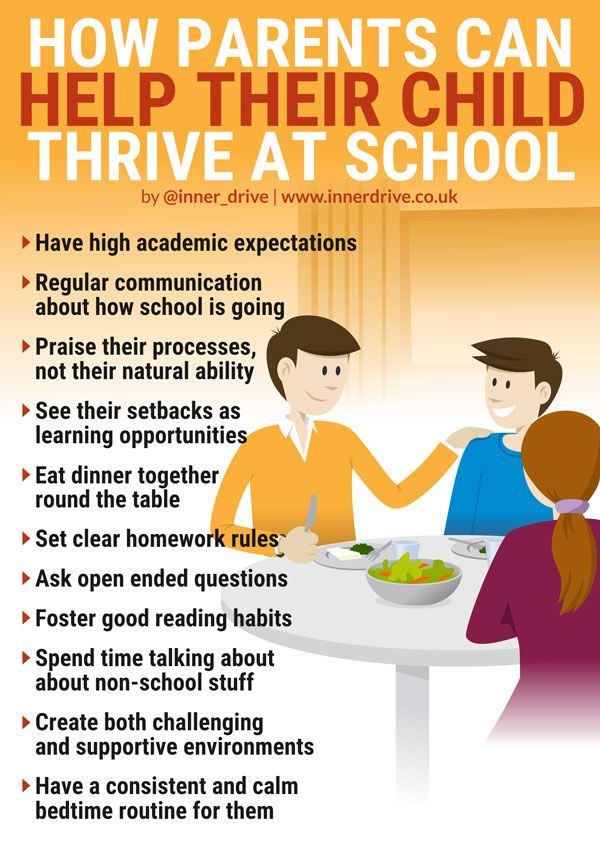 Such creativity develops imagination, memory and helps to easily reproduce complex information.
Such creativity develops imagination, memory and helps to easily reproduce complex information.
⠀
And also come up with funny stories. For example, a child has a set of terms that do not fit in his head, let him make up his own story from them. The funnier it gets, the better!
⠀
Use mnemonics. We talk more about them in the article Learn poems with a child in 5 minutes! Mnemotables
5. Flow charts to help
The child does not remember information well, what should I do? Try to draw a block diagram. This is a drawing in which the content of the material is conveyed using conventional signs, symbols, dashes and words in such a way as to direct the thought in the right direction.
⠀
For example, remember the complex process of photosynthesis.
Read also: How to develop a child's memory with the help of kinesiology exercises!
6. Use stickers
Great if your child needs language support.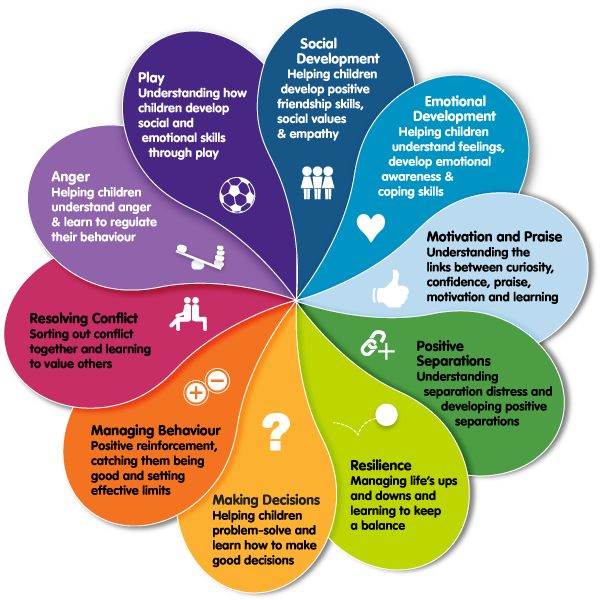 For example, many parents of our students use stickers to learn Russian words with their children. You can stick reminders on home furnishings, on a separate board, etc.
For example, many parents of our students use stickers to learn Russian words with their children. You can stick reminders on home furnishings, on a separate board, etc.
At Kidskey online school, we use game methods to teach children to read and Russian, so the kids grasp the information instantly. Interactive homework on our platform, which the child completes independently immediately after the lesson, helps to consolidate the material. nine0003
⠀
If your child is currently studying without enthusiasm and does not remember the material well, try a free lesson at our school. You will see how the mood of your son or daughter will change, and the first results will be visible after 5 sessions.
7. Turn on audio recordings
Another way to remember information better. Repeated listening helps to memorize the material easier and faster. You can listen to anything: school textbooks, useful podcasts, audio fairy tales. nine0003
⠀
Search in social networks, write down yourself, most importantly, observe intonation to make it interesting and pleasant to listen to.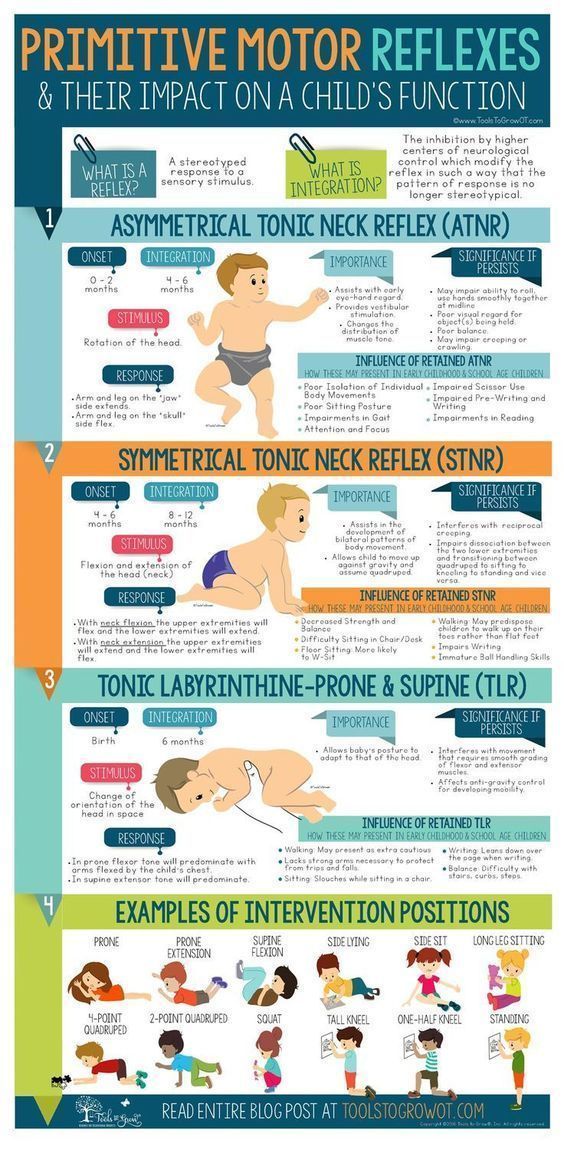
8. Read together
Conscious reading helps to concentrate, relax and turn on the imagination. Thinking along the way makes it easier to understand the content and remember the information. Therefore, for those who read a lot, memory develops well and new material is fully assimilated.
⠀
If the child cannot read yet, read aloud to him. And then ask him what new he learned, what he remembered more in history, what hero he would like to be like, etc. Thanks to text analysis, in the future, the transition from mechanical reading to conscious reading will be easier and faster. nine0003
Read also: How to teach a child to understand the meaning of the text: exercises for children from 4 years old!
9. Don't forget about rest and sleep
Fatigue is the enemy of memory. In order for a child to easily assimilate any material, he must have a lot of strength and good health.
⠀
Healthy sleep helps to process and save the information received during the day.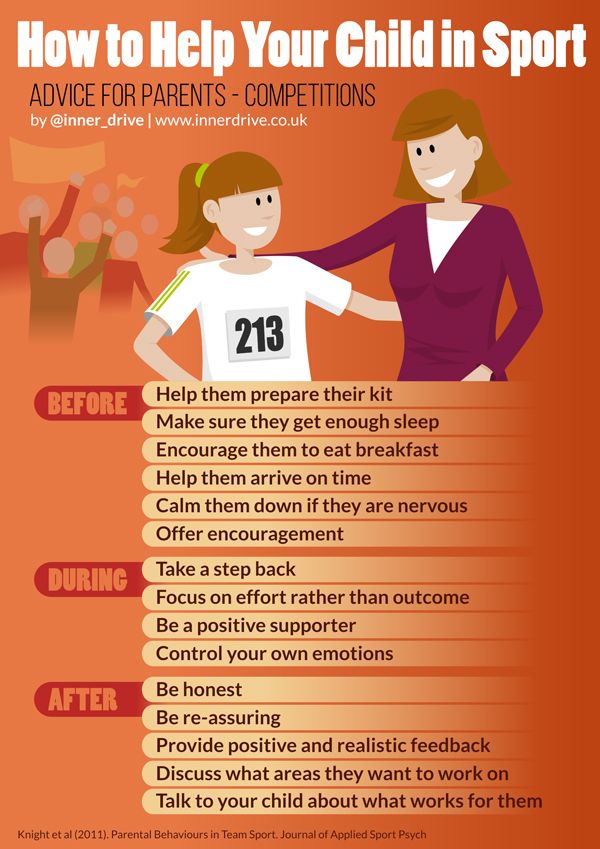 Fresh air in the room and evening rituals will help to ensure it. For example, reading your favorite books in bed. nine0003
Fresh air in the room and evening rituals will help to ensure it. For example, reading your favorite books in bed. nine0003
It has also been observed that it is most effective to study poetry or prepare for an exam before going to bed. New knowledge is ordered and fixed in the head during rest. Work out with the child at night, and in the morning it will “fly off the teeth”.
⠀
The main thing is for moms, dads and teachers to understand that good memory and intelligence are the base on which a little person will build his entire adult life. Therefore, it is the responsibility of adults to lay a correct and solid foundation from early childhood. nine0003
⠀
Read also:
Rules of motivation in teaching preschool children
How to develop logical thinking in a child? Five-minute games
Why children do not like to read and what should parents do?
We train memory. How to help your child remember better and more?
Irina Balmanji
At school, a child has to deal with a huge amount of information.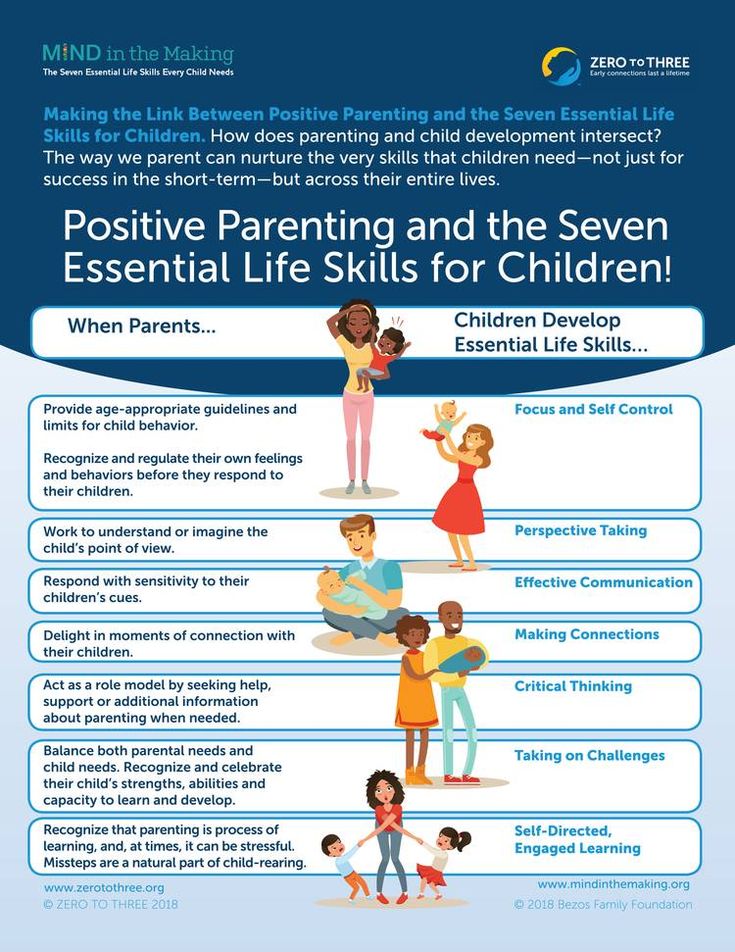 Schemes, formulas, theorems, rules, historical dates and events... To keep all this in your head, you need an excellent memory. Luckily, she can be trained! Here are some great ways. nine0003
Schemes, formulas, theorems, rules, historical dates and events... To keep all this in your head, you need an excellent memory. Luckily, she can be trained! Here are some great ways. nine0003
Sequence memory games and exercises
In 2009, developmental psychologist Joni Holmes published a study involving schoolchildren with working memory deficits.
For 35 minutes a day they practiced with a training computer program. They had to listen and then repeat a series of letters and numbers, memorize the sequence of a series of lights, observe the lights on the grid, and then reproduce them after rotating the grid 90 degrees. nine0003
The experiment went on for six weeks, the tasks gradually became more difficult. For most children, memory difficulties disappeared, and the effect of the classes persisted even six months later. The children's IQs have not changed, but learning has improved.
Try this experiment at home! Introduce your child to games where you need to remember the order of events, for example, “I went to the market and bought”: participants take turns adding products to the list and recalling previous positions. Many games and exercises for memorizing sequences can be found on the Internet. nine0003
Many games and exercises for memorizing sequences can be found on the Internet. nine0003
Reading books
Reading for pleasure or studying non-fiction. Either way, reading is a great way to develop working memory. Choose complex texts to achieve maximum results.
"How to make friends with your head"
Source
First-person shooters
Many studies have shown that computer games like Call of Duty improve working memory. The participant must keep in mind a map of the opponents' location, as well as their playstyle, weapons, dangers and rewards, such as anti-personnel mines and aid packages. This requires prompt processing of sensory information and speed of action, and excitement encourages participants to continue the game. nine0003
Concentration games
A set of paired cards is laid out face down on the table. Players take turns turning over two cards. If the pattern matches, the player takes the cards for himself. If not, the cards are closed again, the turn passes to another participant.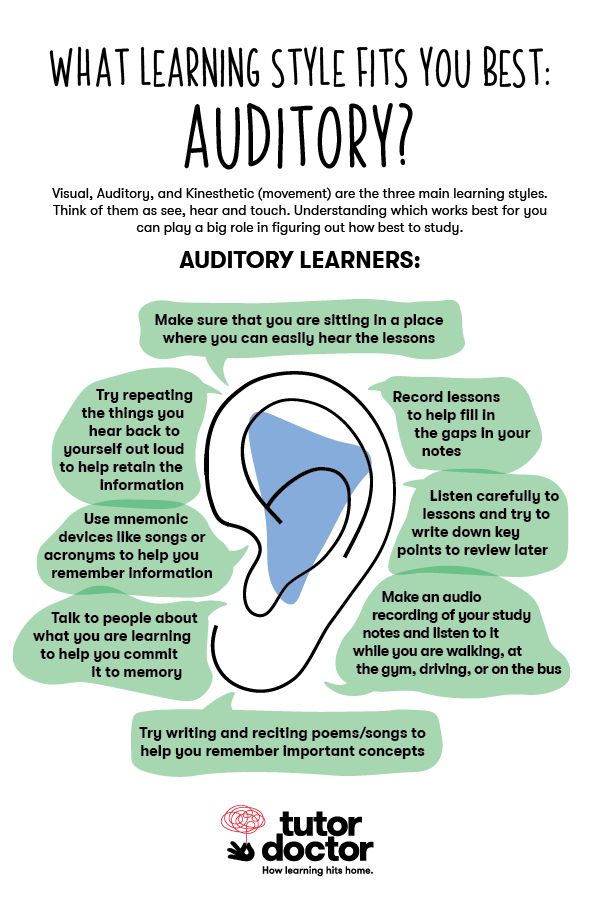 The one who collects the most pairs wins.
The one who collects the most pairs wins.
Poems and songs
Memorizing songs and poems is great brain fitness. Even better if the texts are in a foreign language.
Have your child learn at least one song or poem per week. This will help him train his memory. nine0003
Mnemonics
There are a huge number of techniques that allow you to better remember information. Here are just a few of them.
1. Associations. This method is very effective because it allows us to turn words and ideas into images that are much easier to remember. For example, when preparing for a biology lesson, a child can imagine that plasma is a river along which different types of ships — blood cells — are floating. In this case, leukocytes are police boats, erythrocytes are cargo ships, and platelets are emergency repair ships
2. Mnemonic phrases. A well-known technique is when a sentence is formed from the initial letters of words that need to be remembered in a certain sequence. For example, the phrase "Every Hunter Wants to Know Where the Pheasant Sits" helps to remember the order of the primary colors of the visible spectrum: red, orange, yellow, green, blue, indigo, violet.
For example, the phrase "Every Hunter Wants to Know Where the Pheasant Sits" helps to remember the order of the primary colors of the visible spectrum: red, orange, yellow, green, blue, indigo, violet.
3. Another way to remember information better is to rhyme it. Here, for example, is a well-known rhyme about the number Pi:
In order not to make mistakes,
Must be read correctly:
Three, fourteen, fifteen,
Ninety-two and six.
Many people remember the verses they learned in childhood all their lives, which only proves the effectiveness of this method.
4. Stories. This method is especially effective when you need to keep a list of things in your head that are not related to each other. Let the child try to make a story out of a set of words to be remembered. The more absurd it is, the better! nine0003
Cross-linking
The best way to fix something in long-term memory is to bombard the different senses with information so that many cross-links form in the brain.
For example, reading aloud involves hearing and seeing. Information is better remembered when experiences are presented in the form of an audiovisual pair, as in life. And reading silently at your desk is a less natural way to get sensory data.
To help your child memorize the material, help him/her associate the information with smells, colors, sounds and flavors. nine0003
For example, if you want to use visual memory, draw diagrams, study illustrative material and try to come up with vivid visual images. To use touch, you can imagine the texture of objects that you want to remember.
Reflection
It is common knowledge that memorizing and then parroting is not at all effective. To keep information in memory for a long time, you need to understand what is being said, and not just memorize the material. nine0003
Teach your child to focus on understanding the material, delve into the essence, consider each topic in the context of the whole, look for the logic and patterns of the subject being studied.
Group work
If a child does not understand or remember a topic very well, have him try to explain it to other people - classmates, friends or family members. This approach contributes to better assimilation of the material and allows you to rehearse the oral answer. In addition, active joint work develops creative abilities. nine0003
Repetition
The more times a child repeats information, the more securely it will be fixed in long-term memory.
To remember information for a long time, you need five repetitions: immediately after memorization; in 20 minutes; in one day; in two weeks; after two months.
Source
What if the child has only a week to prepare for a test or exam? Repetitions can be organized as follows: 1. Immediately after memorization (Monday). 2. In 20 minutes (Monday). 3. Every other day (Wednesday). 4. In six days (Sunday). nine0003
Sleep
Students have long known that it is better to study the material for the exam before going to bed.


